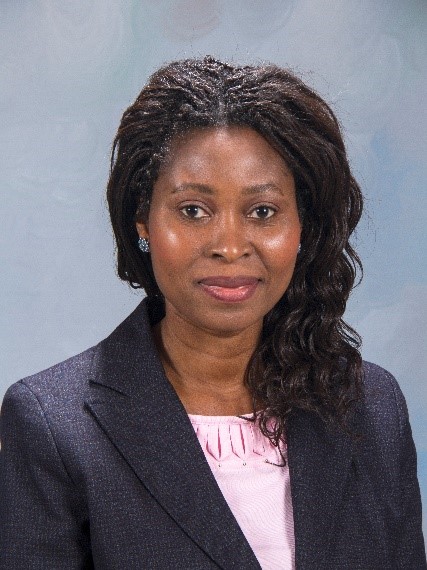Summary: On March 13-16, 2017, the US Army Corps of Engineers’ (USACE) Engineer, Research and Development Center (ERDC) and Galveston District (SWG) conducted a field-based, Engineering with Nature (EWN) workshop that demonstrated how the application of native plant species can enhance engineering objectives while maximizing environmental benefits. The addition of vegetation resulted in nature-based features that enhanced the structural integrity of dikes in placement areas located in the Galveston Bay, Matagorda Bay, Corpus Christi Bay and surrounding ecosystems. The workshop offered an interagency group field experience with new planting techniques while also providing additional perspectives and instructions for incorporating EWN principles into coastal projects. This is the first in a series of field-based, EWN workshops that will be facilitated by ERDC to train USACE engineers, scientists, and project managers on new techniques to manage dredge material placement areas (DMPAs) using native vegetation.
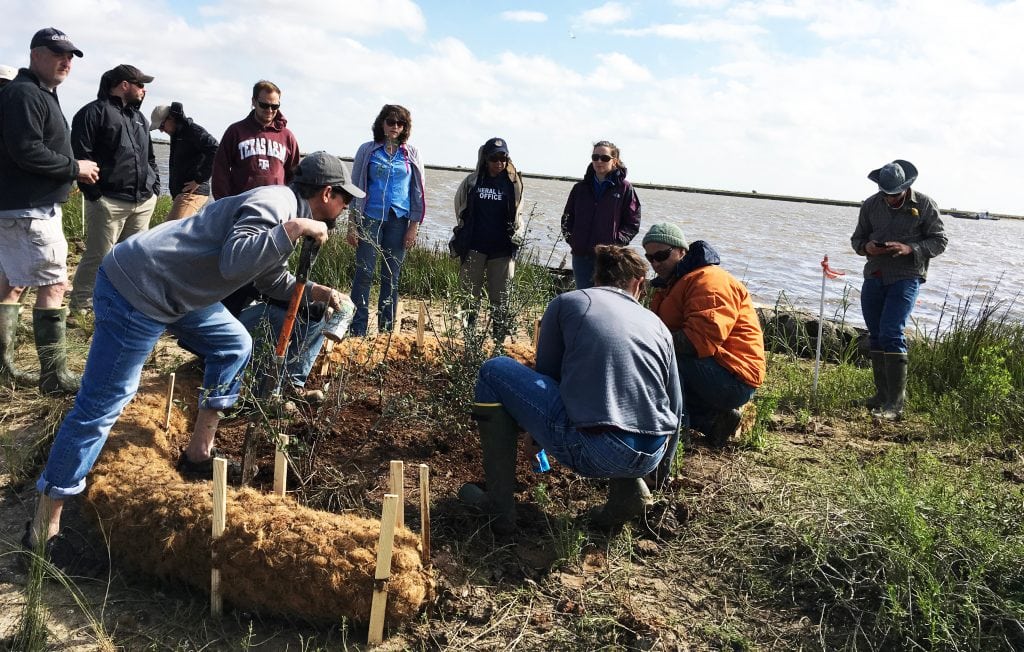
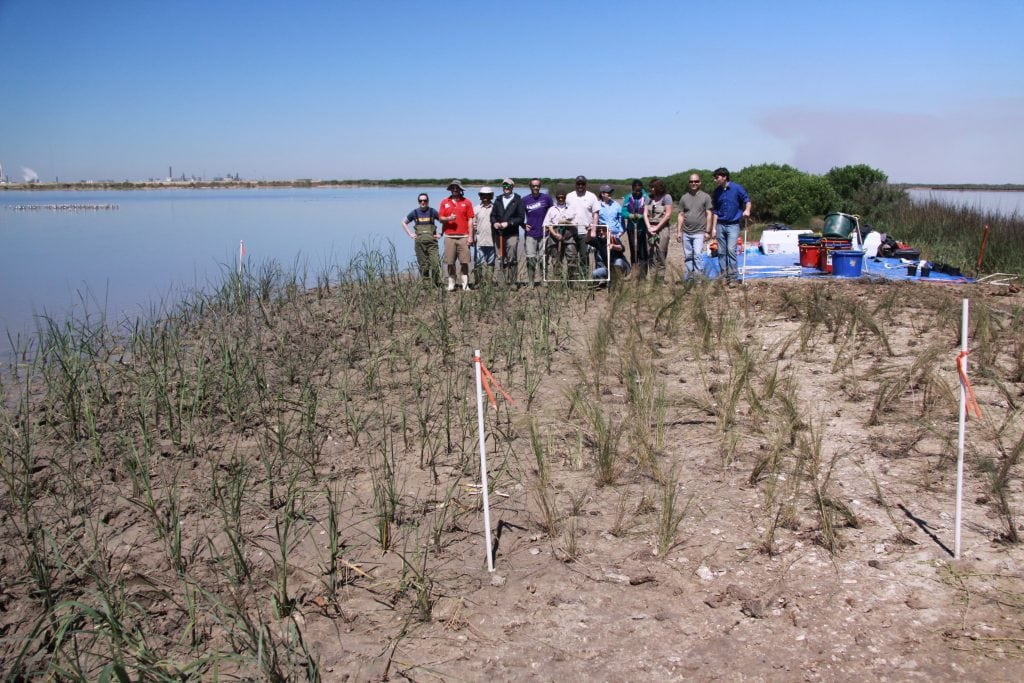
Background: In October 2014, SWG was selected as an EWN “Proving Ground”. This status recognizes a USACE District for their pursuit of EWN principles and practices. ERDC and SWG subsequently began to explore use of planting native vegetation on DMPAs as part of an EWN approach to managing disposal areas. In March 2016, the USACE and National Oceanographic and Atmospheric Administration (NOAA)-National Ocean Service (NOS) conducted a collaboration workshop on Natural and Nature-Based Features (NNBF). During this workshop, participants identified several NNBF collaborative projects, and the use of native vegetation on DMPAs was identified as a priority for application of EWN principles and practices on a national scale.
This ERDC/SWG EWN workshop included 32 participants representing USACE ERDC, SWG, NOAA-National Marine Fisheries Service, US Department of Agriculture-Natural Resources Conservation Service, Texas General Land Office, and the private sector (e.g., Ecology and Environment, Inc.; and Gahagan & Bryant and Associates, Inc.). The workshop brought together a diverse group, consisting of engineers, landscape architects, marine biologists, soil scientists, and ecologists, which promoted collaboration across multiple disciplines. The four-day workshop culminated into a session identifying projects within Galveston District where EWN practices and techniques are applicable.
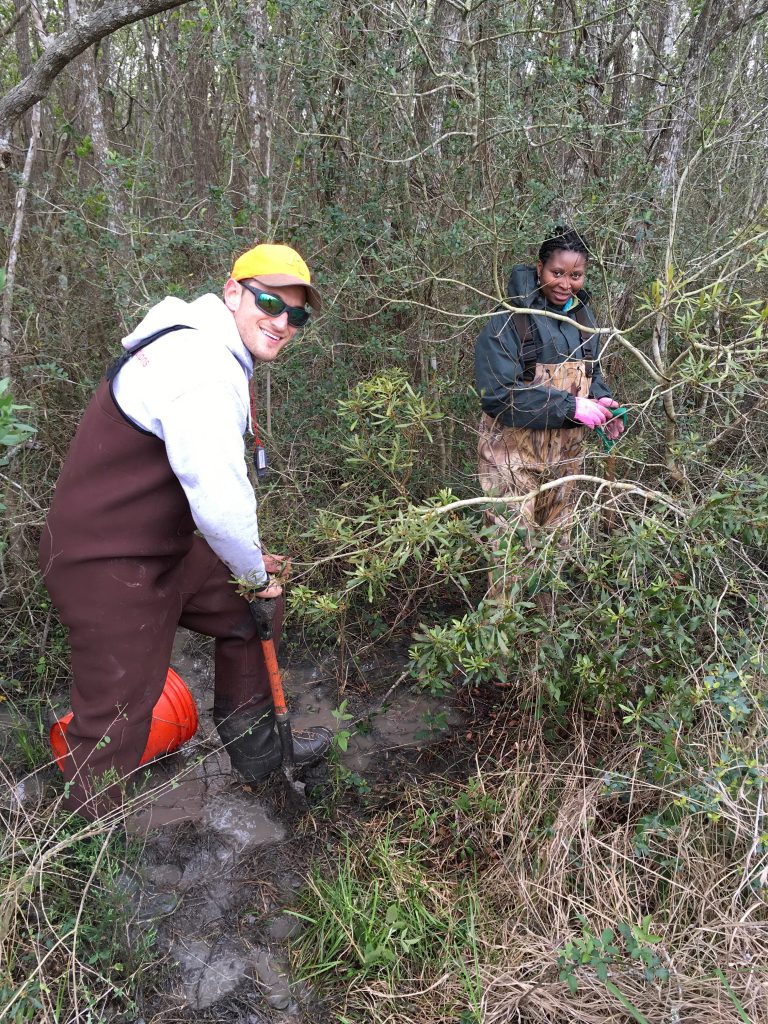
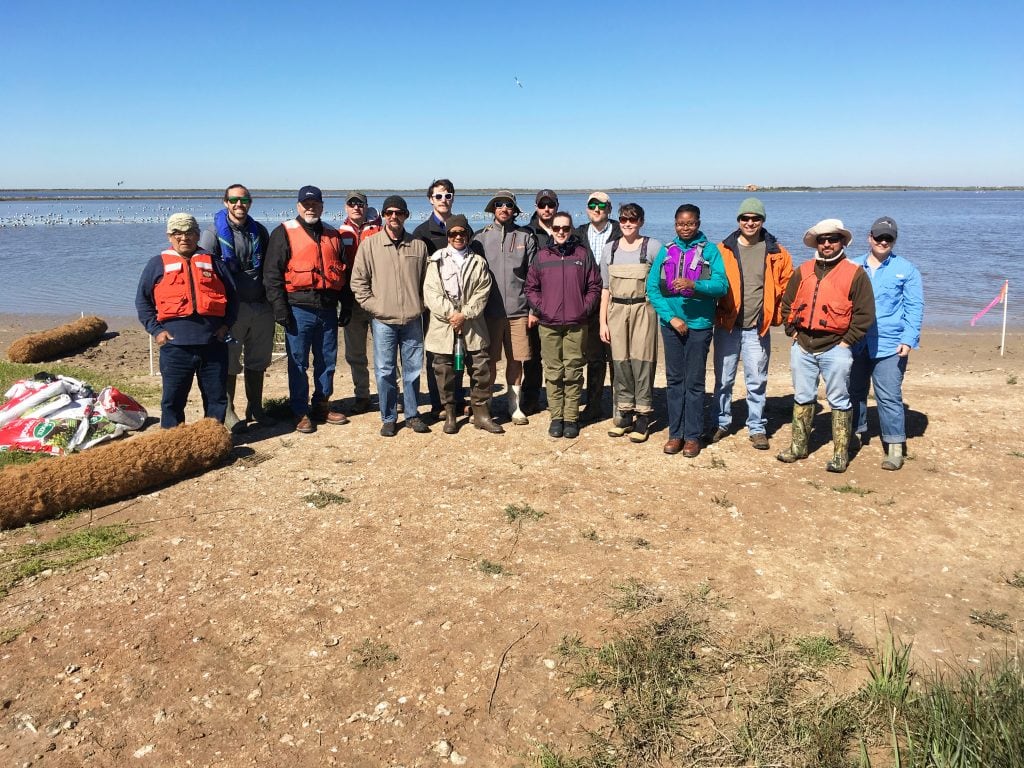
Outcomes: Workshop participants gained practical experience in onsite and offsite harvesting, planting, transplanting, plugging, soil modification, coconut coir log installation, and broadcast seeding techniques. In addition, participants NRG Energy, Inc.’s EcoCenter and met with Dr. Jens Figlus of Texas A&M University-Galveston to learn about the Sargassum-Dune experimental design. Presentations on the first day of the workshop covered EWN science and engineering applications including, but not limited to: biotechnical planting, coir log installation, vegetative surveys, plant selection, ecological and regulatory considerations. The workshop successfully promoted EWN principles, while providing opportunities for technology transfer and future collaboration.

